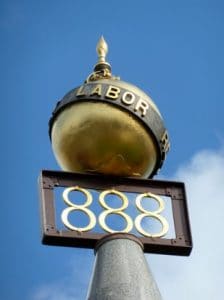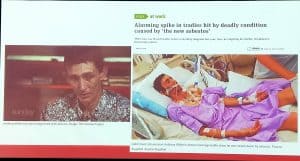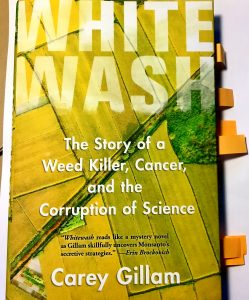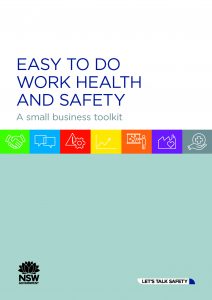 On the corner of Lygon and Victoria Streets in Melbourne is a monument to the 8 Hour Day. This represents a social structure of work that equates to
On the corner of Lygon and Victoria Streets in Melbourne is a monument to the 8 Hour Day. This represents a social structure of work that equates to
- Eight hours of work,
- Eight hours of recreation,
- Eight hours of sleep,
The concept started in Australia in the mid-1800s and was intended to reduce exploitation and abuse of workers, many of whom were children.
The intent was to establish, what we would now call, a work/life balance structure with the recognition that work is required to earn a living, sleep is required to rejuvenate the body, preparing it for work, and recreation was social time, time with one’s family, exercise, all sorts of personal and social activities.
Today that structure is an “ideal” rather than a reality.



 Occupational health and safety (OHS) related decisions are made on the state of knowledge about hazards and it is up to OHS people to make sure the state of knowledge is at its best so that the best decisions can be made. But what do you do if the state of knowledge on a hazard seems to be made purposely uncertain and that uncertainty is leading to the status quo, which also happens to provide a huge income for the owner of the product creating the hazard.
Occupational health and safety (OHS) related decisions are made on the state of knowledge about hazards and it is up to OHS people to make sure the state of knowledge is at its best so that the best decisions can be made. But what do you do if the state of knowledge on a hazard seems to be made purposely uncertain and that uncertainty is leading to the status quo, which also happens to provide a huge income for the owner of the product creating the hazard.